Landscapers and seasonal affective disorder
mudhoney
16 years ago
Related Stories
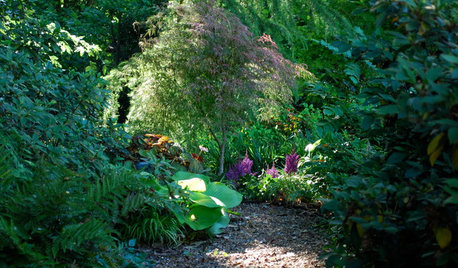
LANDSCAPE DESIGNSet Your Shade Garden Aglow With Light
Invite brightness to the dark corners of your garden for a magical dance you won't want to miss
Full Story
GARDENING GUIDESBackyard Birds: Invite Entertaining Hummingbirds Into Your Garden
Hummingbirds — unique to the Americas — zip through open landscapes seasonally or year-round. Here’s how to attract them
Full Story
GARDENING GUIDESTree Care: Common Tree Diseases and What to Do About Them
Learn to recognize trees that may be affected by diseases or pests so you can quickly take action
Full Story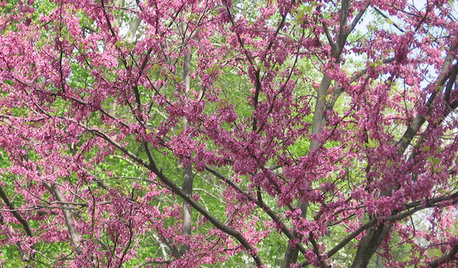
GARDENING GUIDESGreat Design Plant: Eastern Redbud
With romantic pink blooms and heart-shape leaves, this ornamental tree has been inspiring affection since the days of the founding fathers
Full Story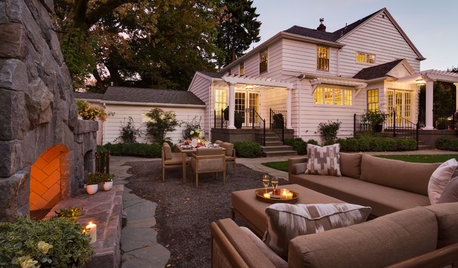
GARDENING AND LANDSCAPINGHouzz Survey: See What Homeowners Are Doing With Their Landscapes Now
Homeowners are busy putting in low-maintenance landscapes designed for outdoor living, according to the 2015 Houzz landscaping survey
Full Story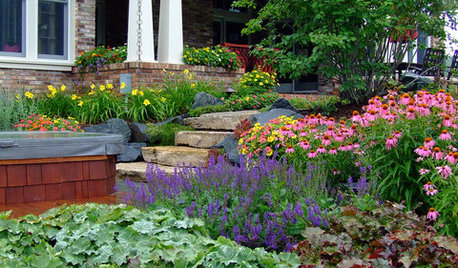
INSIDE HOUZZInside Houzz: New Data Offer Insights on Landscaping Trends
Homeowners are looking to manage water and add more enjoyment to their landscapes, according to a new Houzz survey
Full Story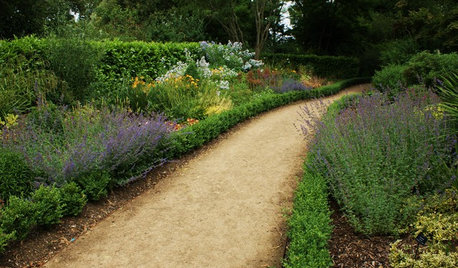
LANDSCAPE DESIGN5 Gravel and Stone Types for a Rockin' Landscape
Give your garden design some textural bam with pebbles, granite, river rocks and other permeable materials
Full Story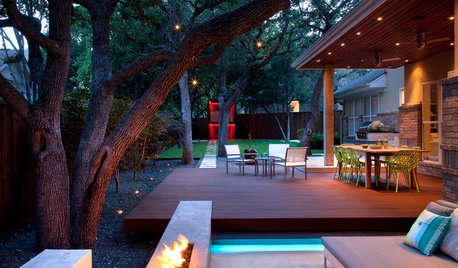
GREAT HOME PROJECTSLight Your Landscape for Drama and Function
New project for a new year: Install outdoor lighting to highlight special features and keep nighttime walks safe
Full Story
LANDSCAPE DESIGNNatural Swimming Pools: More Beauty, No Chemicals
Keep your skin and the environment healthy with a pool that cleans itself, naturally
Full Story
MOST POPULARWhat to Know About Adding a Deck
Want to increase your living space outside? Learn the requirements, costs and other considerations for building a deck
Full StorySponsored
Franklin County's Full Service, Turn-Key Construction & Design Company






watergal
calliope
Related Professionals
Otsego Landscape Architects & Landscape Designers · Wixom Landscape Architects & Landscape Designers · Hartford Landscape Contractors · Clark Landscape Contractors · El Sobrante Landscape Contractors · Lake Zurich Landscape Contractors · Longmont Landscape Contractors · Lorain Landscape Contractors · Maywood Landscape Contractors · New Brighton Landscape Contractors · New Cassel Landscape Contractors · Chicago Ridge Landscape Contractors · Quartz Hill Landscape Contractors · Norridge Landscape Contractors · Albany Driveway Installation & Maintenancerachel_z6
watergal
ian_wa
mudhoneyOriginal Author
Embothrium
sarahbarah27
drtygrl
gabrieljosh